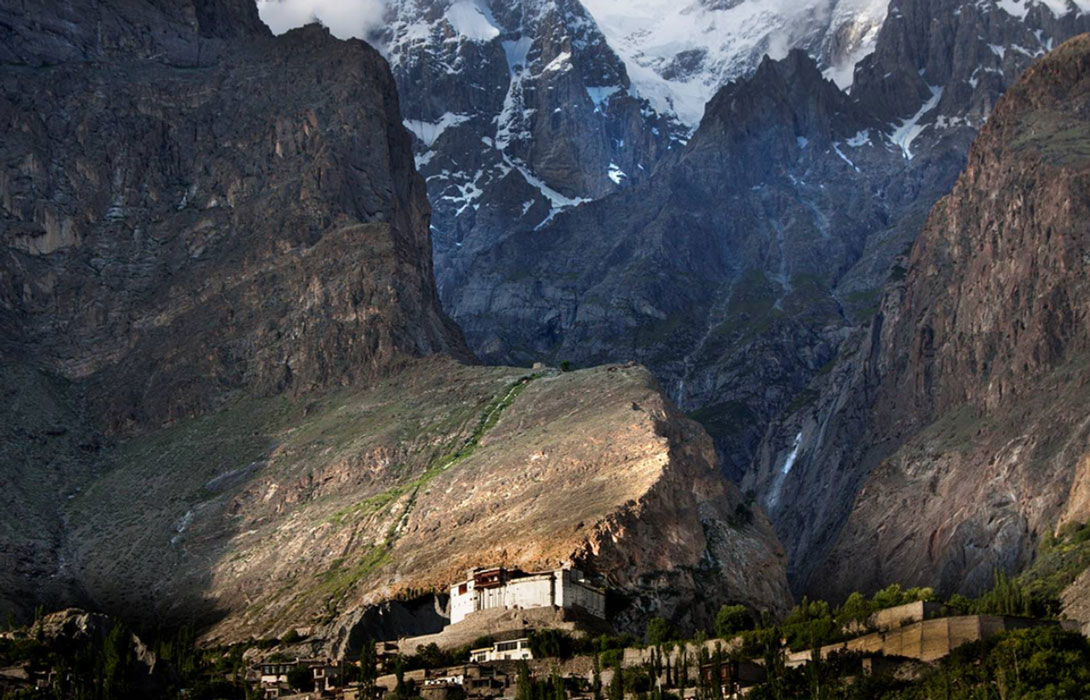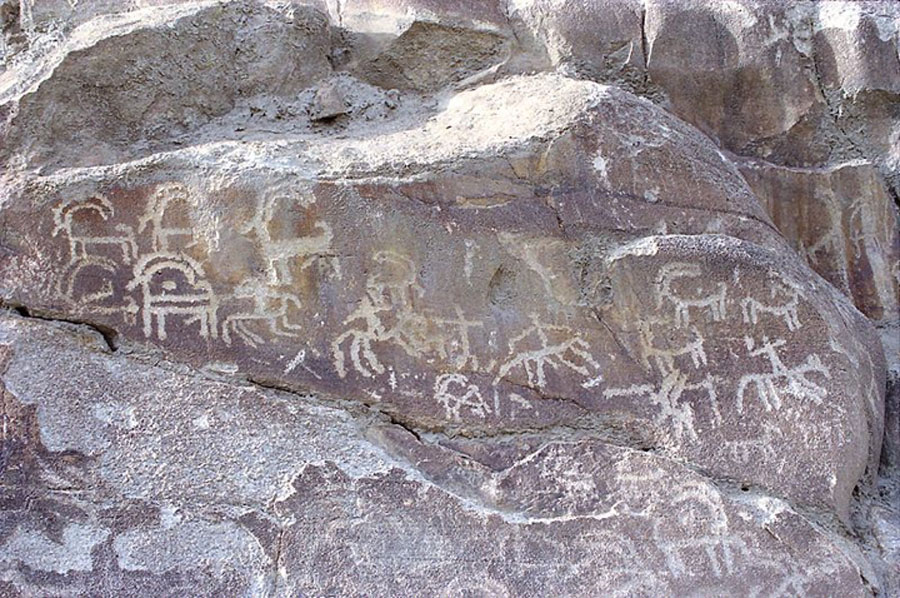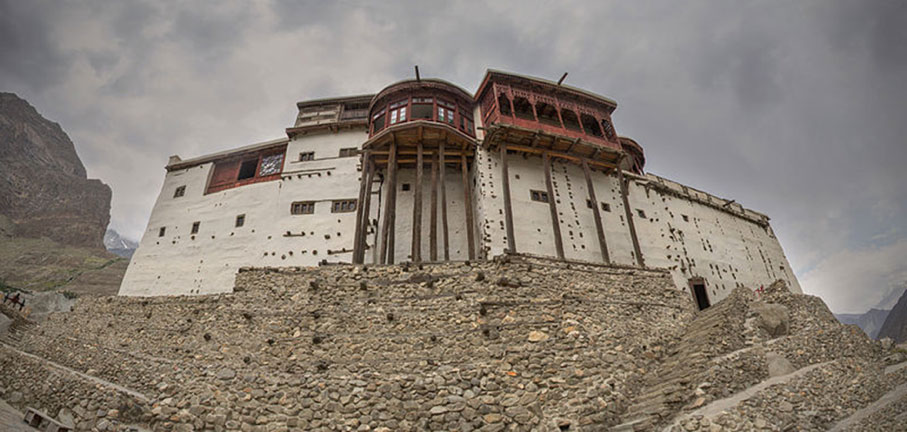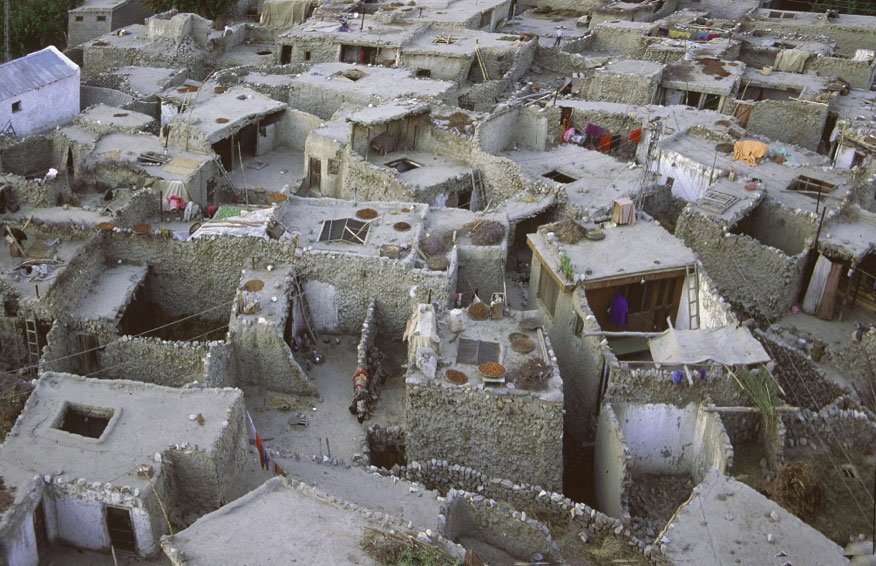
Was Alexander the Great Responsible for Creating Shangri-La in the Hunza Valley in Pakistan?
In his book Lost Horizon (1933) James Hilton created the legend of Shangri-La, a peaceful Himalayan valley of long-lived people. Where the northern border of the Gilgit-Baltistan region of Pakistan meets China, Afghanistan and Tajikistan, lies the hidden Hunza Valley. Scarcely 160 kilometers (100 miles) long and only 1.6 kilometers (one mile) wide, the nestled valley is framed by the Tien-Shan mountain to the north, the Hindu-Kish mountain to the west, the Kara-Korum mountain to the east and the southern Himalayan mountain range. Remote, inaccessible and sheltered, the Hunzakuts have managed to preserve and protect their culture and their secret to longevity from the modern world. While researching the Himalayan brown bear in 2010, conservationist and adventurer Willem Daffue, found himself in a position where his mountaineering expedition went awry due to the worst floods in Pakistan in centuries. Stranded in the Hunza Valley, he met these remarkable people, whom legends refer to as reaching ages well beyond the centenary mark.

Petroglyphs in the Hunza Valley area. (jackylim/ CC BY-SA 3.0)
Historical Overview of the Hunza Valley
More than 50,000 petroglyphs in the region, created by invaders, traders and pilgrims provide a historical account carved in rock, suggesting that the Hunza Valley has been occupied by humans for at least 2000 years. When the Muslim conquerors settled in the Hunza-Nagar Valley about 1,000 years ago, the ruling family of Gilgit produced twin sons, who, according to folklore, competed with each other from birth. Their father divided the state between them.

A panoramic view of Baltit Fort. (CC BY-SA 3.0)
The rulers of Hunza carry the title Mir and settled their capital at Baltit, (present-day Karimabad) for more than 750 years, since the 13th century. The Baltit Fort became the palace of the rulers, but also an assembly point for caravans, trading in slaves. Under the British rule of India, Hunza was a former princely state, a vassal state in a subsidiary alliance with the British Raj. When Pakistan gained independence from Britain in 1974, the Mir of Hunza, voluntarily formed an alliance with Pakistan.
The Mirs of Hunza fiercely protected the remoteness of their valley and restricted visitors to the valley. Permission to visit was not only required from Pakistan, but also from the State of Hunza. By 1960, there were still no hotels, restaurants or shops. Under such circumstances it was easy for the Mirs to maintain the myth of the ‘Garden of Eden’.

Typical Hunzakut village (Image: © Willem Daffue)




